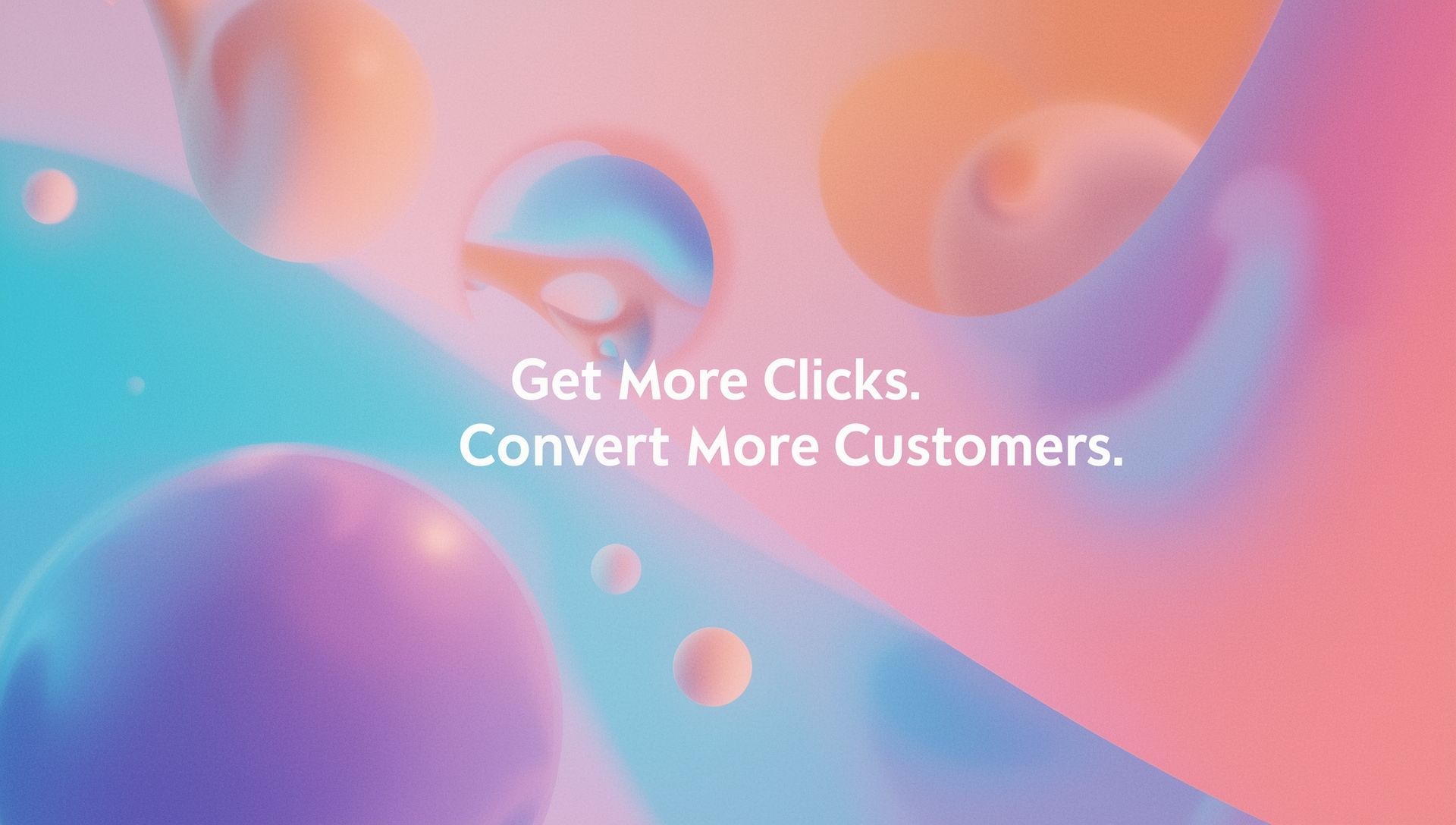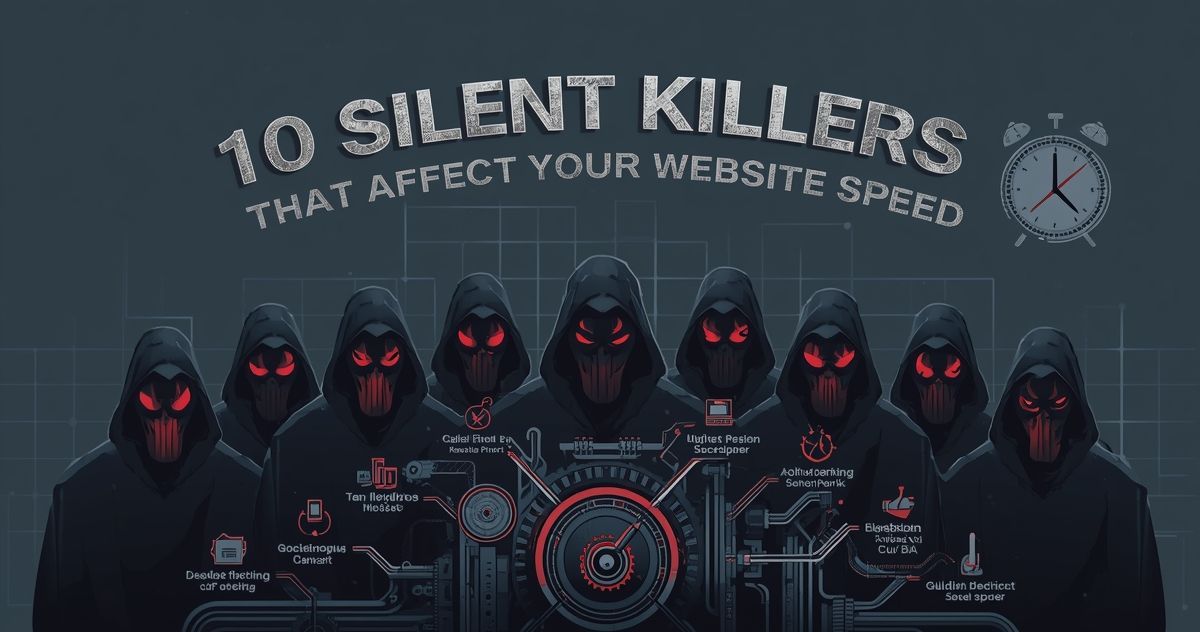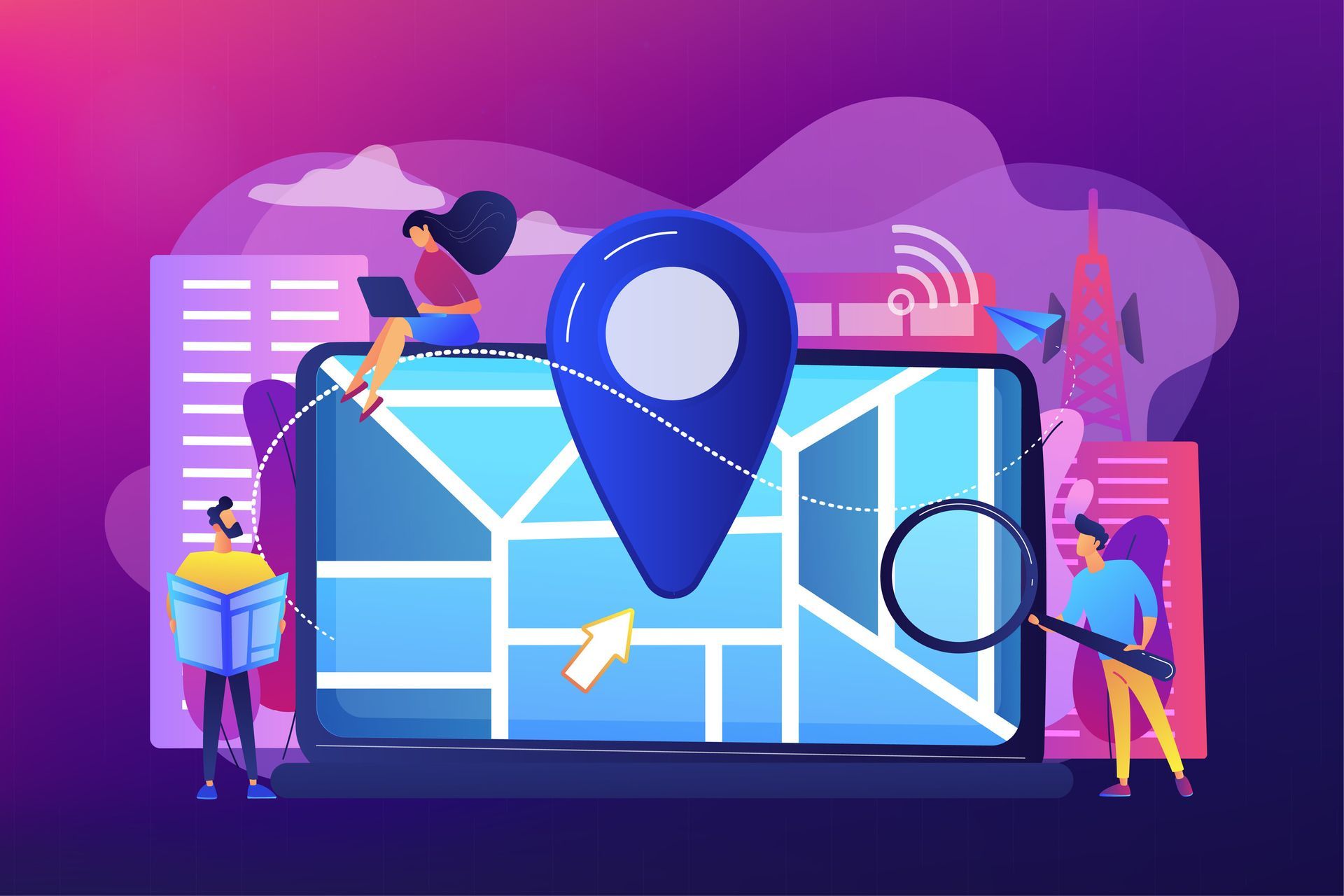Lead Generation: A Beginner’s Guide to Generating Business Leads the Inbound Way
In the vast sea of business growth strategies, lead generation stands as one of the most pivotal. Mastering the art of capturing prospective customers is essential to surviving in competitive landscapes.
The digital age presents both unparalleled opportunities and complex challenges. The focus has shifted from outbound to the more effective and customer-centric inbound methodologies.
This comprehensive guide is designed to steer you through the entryways of lead generation.
Understanding the Inbound Methodology
Before you can master lead generation, it's crucial to understand the philosophy behind it. The inbound methodology is a customer-centric approach to doing business that embraces the principles of attracting, engaging, and delighting customers.
It involves creating valuable content and experiences tailored to the needs and preferences of the people who find it.
Inbound is a strategic shift that empowers customers to make informed decisions. This approach resonates with modern consumers who are more in control of their purchasing journeys than ever before.
By aligning your business strategies with the inbound methodology, you set the stage for trust-building, better customer relationships, and, ultimately, more loyal customers who are not only willing to buy but also to advocate for your brand.
Identifying Your Ideal Customer Profile (ICP)
Successful lead generation starts with a clear understanding of who you are trying to attract. Your Ideal Customer Profile (ICP) is a semi-fictional representation of the type of customer that needs your product or service.
It's a comprehensive profile that includes demographic information, behaviors, motivations, pain points, and buying patterns.
To create your ICP, analyze your current customer base. Consider their roles within their organizations, company size, industry, geographic location, and any other relevant criteria.
The more detailed and specific your ICP, the better you can tailor your lead generation tactics to attract similar prospects.
Creating Valuable Content to Attract Leads
Content is the currency of the inbound engine. It's how you attract potential leads by being helpful, informative, or entertaining. High-quality content can take various forms.
When creating content, keep your ICP in mind.
What questions might they be asking at different stages of their buyer's journey? How can you provide value and answer those questions?
Aim to educate your audience, solve their problems, and position your business as a thought leader in your industry.
Content creation is an ongoing process that requires regular updates and new additions to remain relevant and continue to attract fresh leads.
Optimizing Your Website for Lead Generation
Your website is your digital storefront, and it should be designed with lead generation in mind. Every element should be optimized to guide visitors toward becoming leads.
Optimization starts with ensuring your website is user-friendly, mobile-responsive, and fast-loading. Content should be organized, easy to find, and written with SEO in mind to attract organic search traffic.
Use landing pages with forms to capture lead details, and consider interactive elements like chatbots to engage visitors in real time.
Remember that your website should not only attract leads but also provide a delightful user experience that builds trust in your brand.
Leveraging Social Media for Lead Nurturing
Social media plays a vital role in the lead nurturing phase of the inbound methodology. It's the platform where you can engage with potential leads, continue to provide value, and build relationships outside your website.
Identify the social media channels where your ICP is most active, and be present there. Share your content, engage with your audience by answering questions and participating in conversations, and use social listening to uncover opportunities to provide assistance or further information.
Are you looking for
social media management in Loveland? It's more than just promotion; it's about connecting personally with your audience. By showcasing your brand's human side and sharing customer stories, you can build trust and community. Highlighting how your products solve common industry problems demonstrates expertise and fosters brand loyalty.
Implementing Email Marketing Strategies
Email marketing remains a powerful tool for lead generation when done right. Personalization is key in crafting emails that your leads will actually want to open and read.
Use segmented lists based on lead behavior and interests and tailor your messages to each segment.
Provide new leads with a welcome series that introduces them to your brand, offers additional value beyond what they've already seen, and gently guides them toward the next step in their buyer's journey.
Use email automation to streamline the process and ensure that no lead falls through the cracks.
Remember that email should be permission-based, and that every message should add value to the recipient's experience with your brand.
Tracking and Measuring Lead Generation Success
To understand the effectiveness of your lead generation efforts, you need to track and measure your results. Key performance indicators (KPIs) can include website traffic, conversion rates, landing page performance, email open and click-through rates, social media engagement, and cost-per-lead, among others.
Set up analytics tools like Google Analytics to help you track these metrics. Regularly review your data to identify what's working and what isn't, and use those insights to refine your lead generation strategies.
A/B testing can be particularly valuable in determining the most effective elements of your website and campaigns, which can lead to significant improvements in your lead generation performance over time.
Conclusion
Mastering lead generation is a marathon, not a sprint. It requires a well-thought-out strategy, consistent execution, and a commitment to providing value at every stage of the customer's journey.
The beauty of the inbound approach is its focus on building relationships, which can lead to long-term growth and sustainability for your business.
Your next steps involve putting this knowledge into action. Define your ICP, create content that speaks to their needs, optimize your website to capture their interest, engage with them through social media and email, and continuously measure your efforts to improve.
In the end, lead generation is about building a community around your brand and fostering relationships that are beneficial to both sides. With the right strategies and a dedication to the inbound methodology, you'll be well on your way to turning interested prospects into loyal customers.
About GSD Profit Acceleration
GSD Profit Acceleration is a forefront digital marketing company in Loveland. With a keen focus on lead generation, GSD combines the latest in digital strategies with a deep understanding of the buyer's journey.
Our team of experienced marketers, content creators, and SEO specialists work hand in hand with businesses to drive visibility, engagement, and conversion. Whether you're a startup looking to establish a presence or an established company aiming to supercharge your lead generation efforts, GSD Profit Acceleration is committed to accelerating your path to profit.
Ready to take your lead generation efforts to the next level? We're here to help you every step of the way. Reach out to us by filling out our contact form or get in touch directly:
- Phone: 1-501-303-7477
- Email: bobby@gsdbusinesscoaching.com









